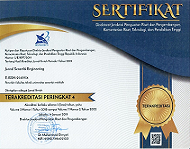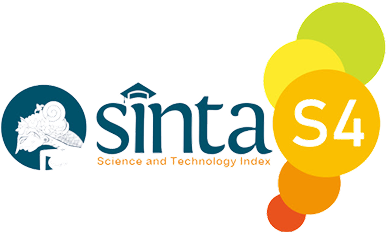Degradasi Air Limbah Pupuk Urea Menggunakan Teknologi Elektrolisis dengan Elektroda Tembaga (Cu) dan Karbon (C)
Keywords:
urea, elektrolysiss, nh3 -n, ph, number of platesAbstract
Urea is a nitrogenous compound produced by the reaction of ammonia and carbon dioxide at certain temperatures and pressures. Urea is commonly used in the fertiliser industry and liquid waste may be generated during production. Waste from urea fertiliser plants contains urea and ammonium in concentrations of 1,500 to 10,000 ppm and 400 to 3,000 ppm respectively. Electrolysis technology has been developed to treat waste water containing ammonia. Electrolysis is a process in which water molecules are split into hydrogen and oxygen gases by passing an electric current through electrodes containing an electrolyte solution (water and catalyst). This research aims to determine the effectiveness of reducing ammonia (NH3-N) and pH levels using electrolysis methods with copper (Cu) and carbon (C) electrodes, carried out with different numbers of plates: 2, 4, 6 and 8 plates. The variations in electrolysis time (td) used are 0 minutes, 30 minutes, 60 minutes, 90 minutes and 120 minutes.












